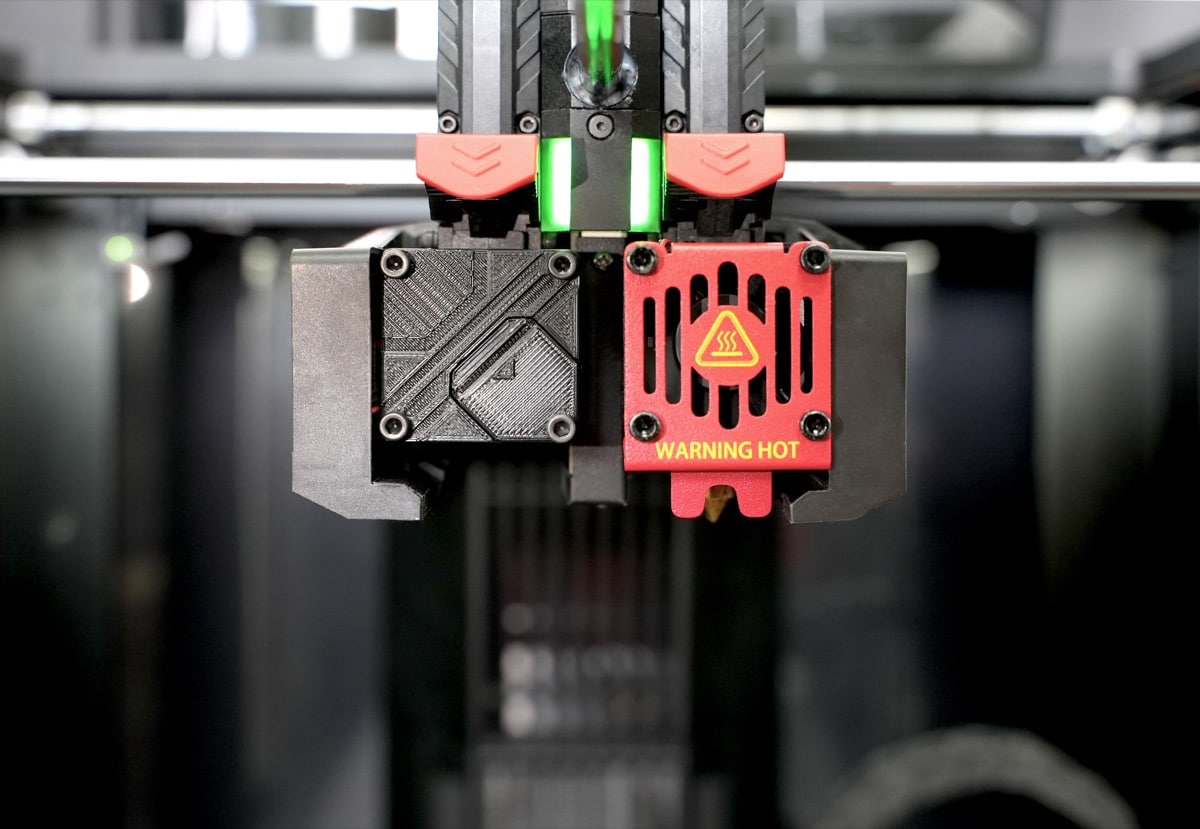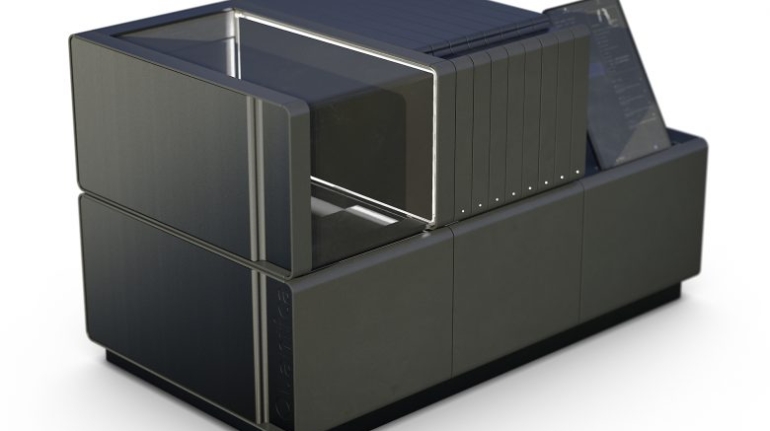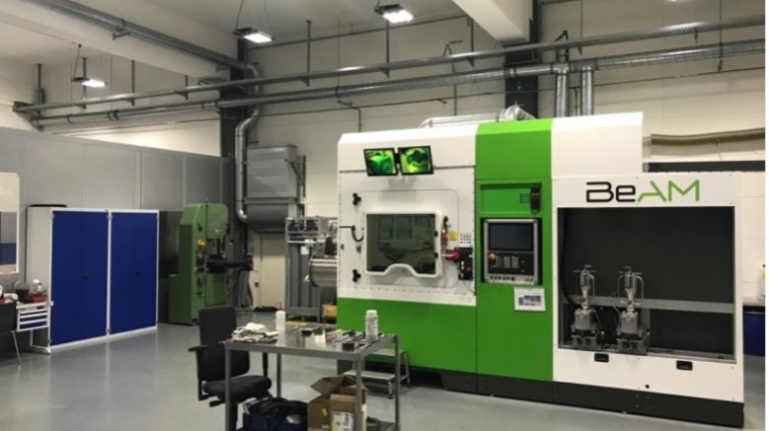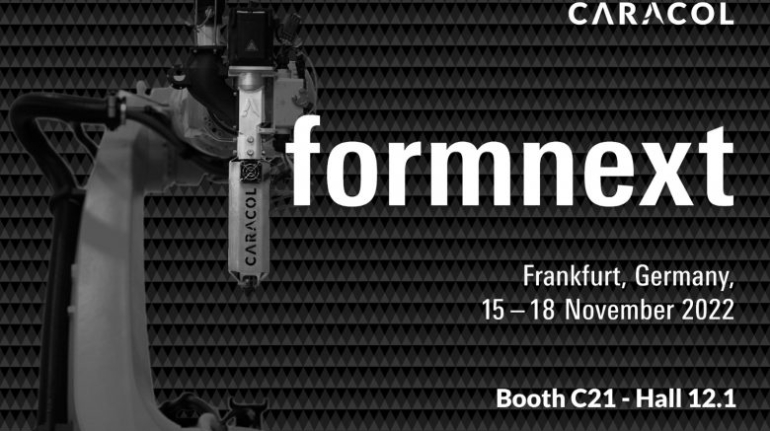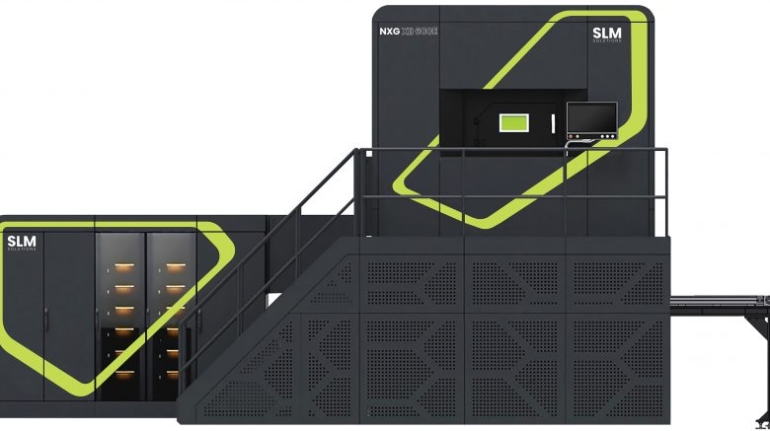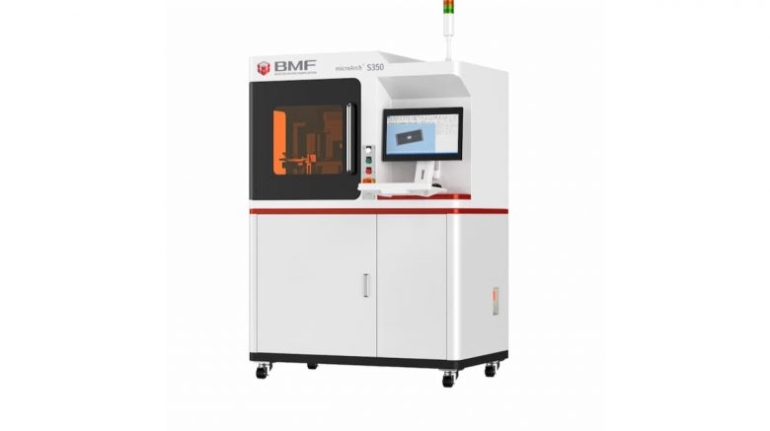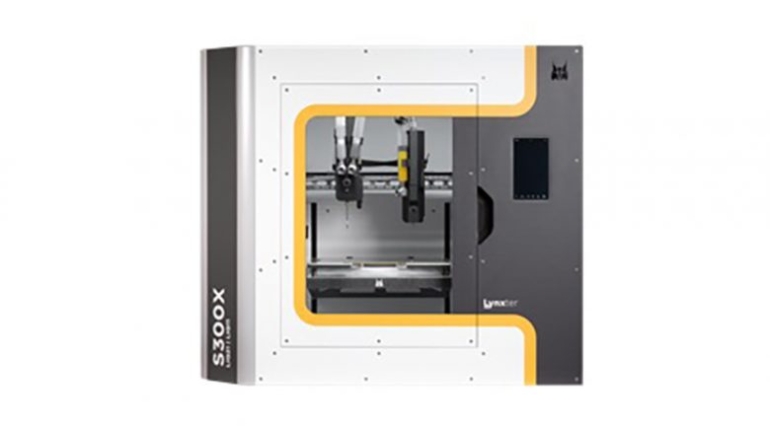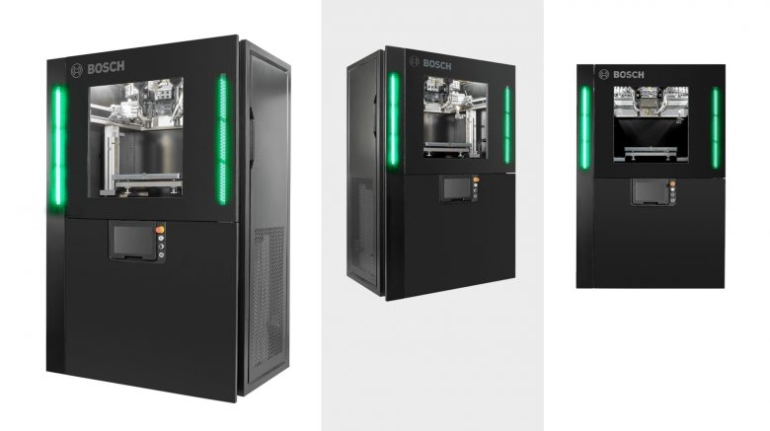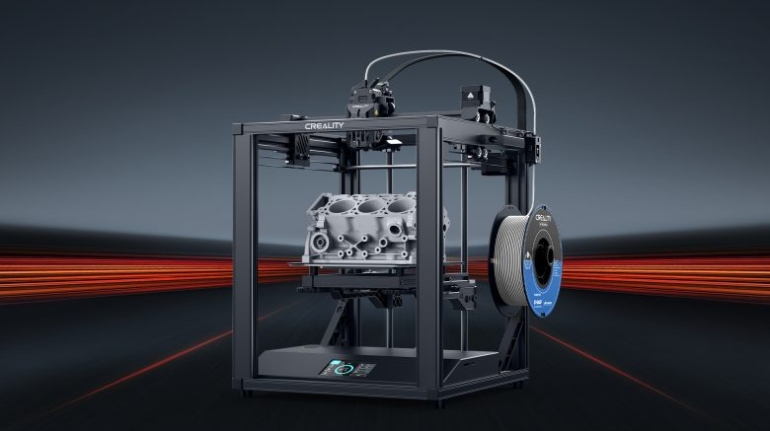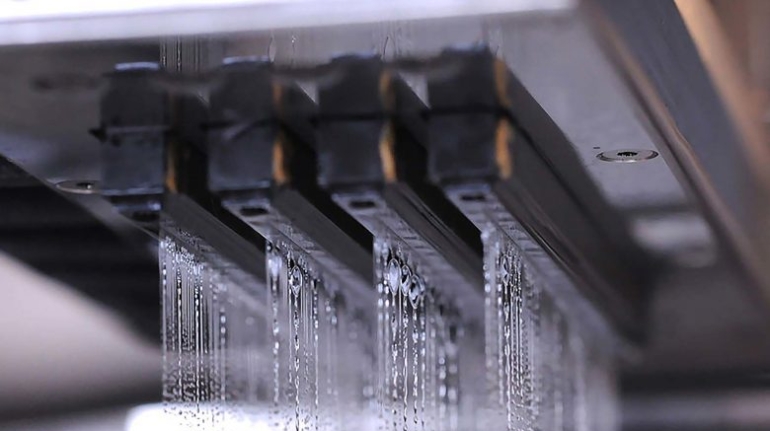Additive productivity: a new era in FFF professional 3D printing 3D Printer Hardware
Raise3D, the global provider of additive manufacturing solutions for SMEs and LSEs, is introducing a breakthrough in FFF professional 3D Printing, with the launch of a Hyper Speed Upgrade Kit (HUK3) for the Pro3 Series 3D printers, their flagship professional product.

